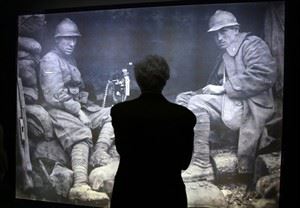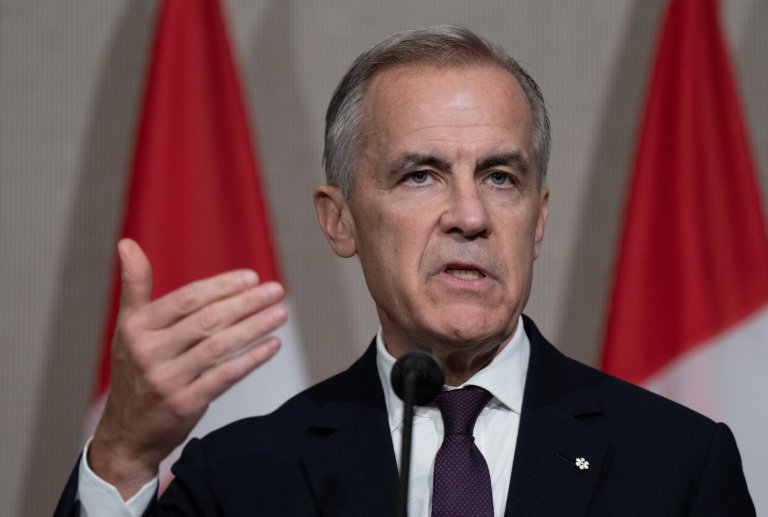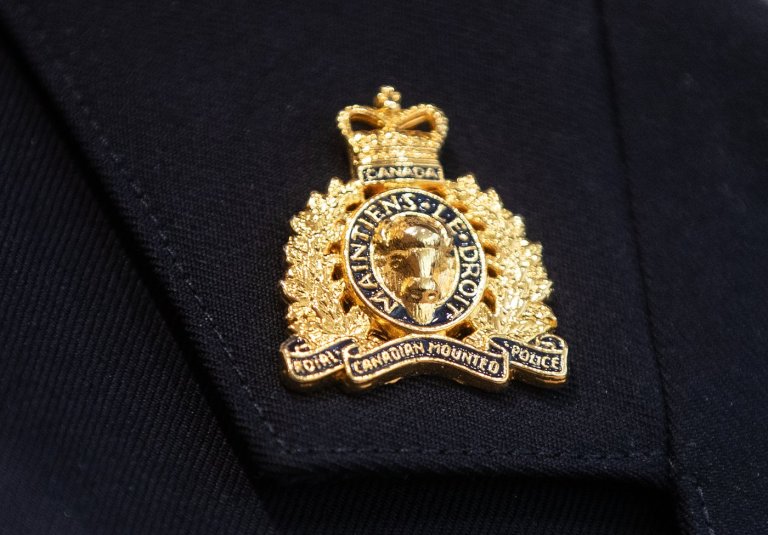Museums at home and abroad keep war memories alive

MEAUX, France – Living memories of the First World War are faded, but museums at home and abroad hold vast collections that seek to give life to the past. Some do it with an extra flair.
Visitors to the Musee de la Grande Guerre in this city about 50 kilometres northeast of Paris might wonder what a jaunty red taxi is doing in a war museum.
But the classic Renault motorcar with the open-air driver’s compartment, bulb-operated horn, yellow, spoked wheels and lantern-shaped headlights played a role in a crucial First World War battle.
In the opening weeks of the war, in September 1914, the German Army threatened Paris, a key component in a war plan that called for the encirclement of the French capital on the road to a quick victory.
A retreating force of French and British troops made a stand on the south bank of the Marne River at Meaux, a community known chiefly for special varieties of mustard and Brie cheese.
In Paris 6,000 reserve soldiers waited to join the battle but, with the railways congested and a shortage of military vehicles, there seemed to be no way to get these soldiers to the front.
Joseph Gallieni, a retired French general who had been recalled to act as military governor of Paris, came up with an unorthodox plan. He hired about 600 taxis. The canny cabbies negotiated a special fare for a shuttle service to the front.
As the fighting raged on, the Germans eventually fell back. After just over six weeks of seemingly unstoppable German advances, the Allies were doing the chasing. The First Battle of the Marne passed into French military lore as The Miracle of the Marne.
The question of whether the taxicab reserves made an important military difference is often debated, but the story provided an undeniable boost to the morale of soldiers and civilians alike.
The Meaux museum’s director general, Michel Rouger, considers the taxi on display as an integral part of the institution’s mandate of bringing a new perspective to the war.
“Our aim is to capture the history and society of that time frame to help visitors learn of past hardships in order to better understand the issues of today and build tomorrow’s world,” he said.
Just to the right of the Marne taxi is a double-decker, greenish-grey bus that was used to transport carrier pigeons. Visitors often refer to its topside compartments as a pigeon condo.
Other artifacts on display include a large gallery of First World War patriotic posters and handbills, a replica of the Browning automatic that assassinated Austria’s Archduke Franz Ferdinand, mock-ups of trenches, and collections of uniforms worn by the various combatants.
The Historial de la Grande Guerre is another First World War museum offering a wide range of exhibits. It is housed in an ancient castle in the town of Peronne, near the Somme battlefields about 150 kilometres north of Paris.
It includes a comfortable theatre showing combat footage from various Somme battles. In addition, the museum offers metallic relief maps of different campaigns, as well as toys and musical instruments fashioned out of artillery shells, cigar boxes and anything else that bored soldiers could get their hands on.
Both Paris and London house vast collections of First World War memorabilia.
The French capital offers Les Invalides, a massive complex on the Left Bank of the River Seine. In addition to an army museum with huge displays of armour and weaponry dating back to the 13th century, visitors can spend time at the awe-inspiring Tomb of Napoleon Bonaparte.
England’s Imperial War Museum is world-renowned for its military collections from both world wars. The main accumulation of material is housed on London’s Lambeth Road.
For a Canadian perspective,Ottawa’s Canadian War Museum and the Canada Aviation and Space Museum offer world-class artifacts and exhibits.
The war museum includes a variety of First World War weapons, ranging from field guns to rifles, pistols and primitive trench weapons such as clubs and brass knuckles.
An impressive exhibit features the war bonnet, photograph and medal set of Ojibwa sharpshooter Francis Pegahmagabow, who is thought to be the most highly decorated First Nations soldier of the war. His scouting and sniping skills earned him the Military Medal and two bars.
One especially haunting display offers a panorama of a First World War battlefield, a wasteland of flooded shell craters and shattered trees stretching to the horizon.
The Aviation and Space Museum houses a huge collection of aircraft, including the Nieuport 17 biplane, a type favoured by many Canadian aces including Billy Bishop and Roy Brown.
Join the Conversation!
Want to share your thoughts, add context, or connect with others in your community?
You must be logged in to post a comment.


















